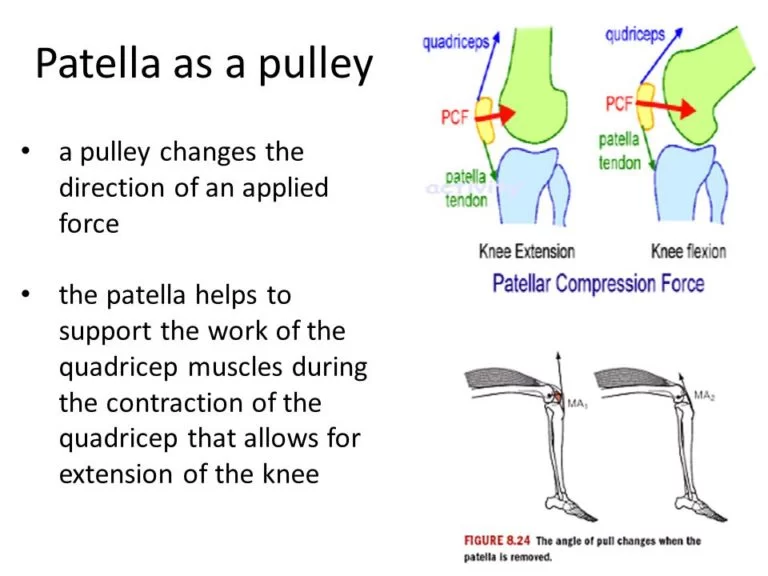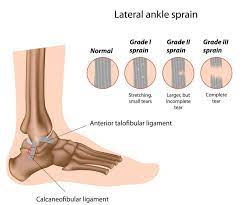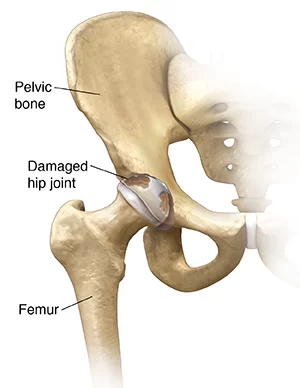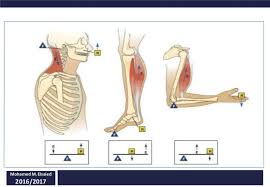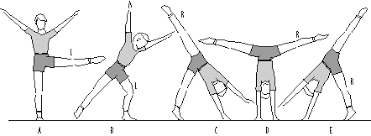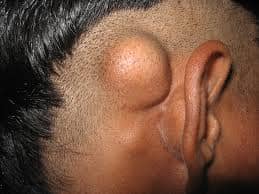PROPERTIES OF ELASTICITY AND USE IN PHYSIOTHERAPY
DEFINITION : In physics, elasticity is the ability of a body to resist a distorting influence and to return to its original size and shape when that influence or force is removed. Solid objects will deform when adequate forces are applied to them. Mechanical Properties: Non-Linear Elasticity Mechanical Properties: Viscoelasticity There are three major characteristics…


